Atal Tunnel beneath the Rohtang Pass in Himalayan State of India || Making the beautiful Lahaul Valley Accessible All-Year-Round
Those of us who hail from the mountains or have families living there, can relate to the excitement for a tunnel that cuts down mountain travel times by a few hours. While most of the villages in the lower reaches of Himachal Pradesh have access to daily amenities, even there, good medical help can be hours away when the need arises.
Even for areas that are not considered mountainous by the indigenous people, for example, my husband's village in Mandi district, the closest multi-specialty hospital is nearly 200 kms away in Chandigarh. And it takes almost 4 hours to reach. So you can imagine how much more difficult it will be for remote areas of Himachal.
It is not only about medical facilities, it is also about items of daily needs, basic survival stuff in some of the more difficult terrains. Those of us who have been born and brought up in cities take too many things for granted. Even if we were not from the most affluent families, we were privileged to be close to emergency-response services, good hospitals, great markets around us. People in the mountains need to travel hours sometimes to have access to these.
Obviously, people from the mountains have their own privileges and things that they take for granted - clean air and water, space, greenery, birds, simpler lives that are closer to our natural way of being. So whenever I am there and I see them chop a tree off in their backyards or throw garbage in streams, I want to show them what things could be like if they take their surroundings for granted. Of course, they are much wiser than me, but me with my short-sightedness worries and fears nevertheless. Anyway, let's get back to the tunnel.
Considering all the benefits of reducing travel time in mountainous tunnel, it was quite visionary of Jawaharlal Nehru to discuss a Ropeway to Rohtang Pass in 1960 and same goes for Atal Bihari Vajpayee who declared that the Rohtang Tunnel would be constructed. The declaration came in June 2000 and now in October 2020, the tunnel has finally been inaugurated by Narender Modi. It took frikkin' 20 years. But like any other big budget Government infrastructure process, it has been through its bureaucratic roadblocks (no pun intended) and also the quintessential difficulties in drilling through a mountain.
Now that it has been constructed, it is the longest tunnel above the height of 10,000ft in the world and the longest Highway tunnel in the world. While the original estimate for the project was Rs 500 crores and to be completed in 7 years, by the time it was actually completed, the budget had risen to Rs 3,200 Crores.
The tunnel connects Manali to Keylong, on the way to Leh. The original route was 116 kilometers and took about 5 hours to navigate. It went through Gramphu, the village from you can choose whether you want to go to Leh or Spiti. The new route through the tunnel brings down the distance to 78.72 kilometers (tunnel itself being just 9.02 kms long) and can be travelled in a little over 2 hours. The travel time has been cut down by almost 3 hours.
The original route to Lahaul Valley was closed for several months every year because of snow, but this tunnel ensures that those parts of Himachal Pradesh too remain connected all through the years. And this must be a huge relief for the residents. Also, not to mention, it will definitely be a huge relief to our country's defense forces too.
The tunnel itself has been built with some really high-tech specifications and has an overhead clearance of 5.5 metres. It is horseshoe shaped, two lane tunnel which has a fire hydrant every 60 metres, telephone facilities every 150 metres, emergency exit every 500 metres and a turning cavern every 2.2 kilometres. Air quality monitors are installed every 1 kilometre and CCTV every 250 metres. The maximum speed limit is 80 km/hr.
With all these security precautions in place, one would have thought that this would be a pretty safe drive through. But no amount of security measures can stand up to human stupidity. Within hours of this tunnel being inaugurated, reports started coming in of accidents caused by speeding and reckless driving.
Anyhow, while I am really glad that the new tunnel will probably make life easier for the residents, there's also a flip side. Isn't there always? For one, the easier we make it for the urban population to reach a remote place, the earlier we lose the place to rampant and unruly "development". The second - if you use the tunnel, you will definitely lose out on a some great and grand views enroute. But let us focus on the positive side first. Making sure that we include the residents of the remote parts of our country in our development plans definitely takes an upper hand here.
I have never been to Manali, but now, I hope to travel once Pandemic relents and lets us live normal lives again. Hopefully those who use the tunnel do so responsibly and not go wild in the quest for speed and a short-lived adrenaline rush.
Related Blogposts :















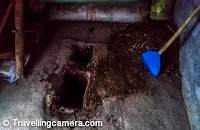
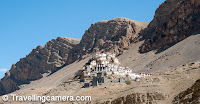
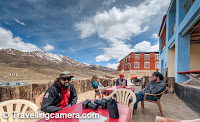
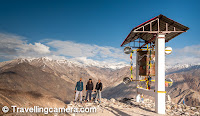
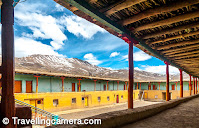


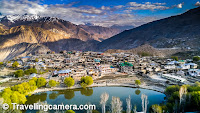

.jpg)
Comments